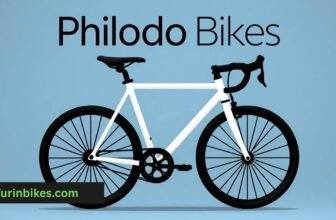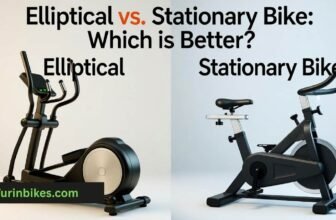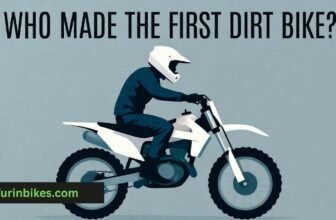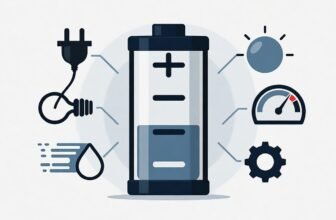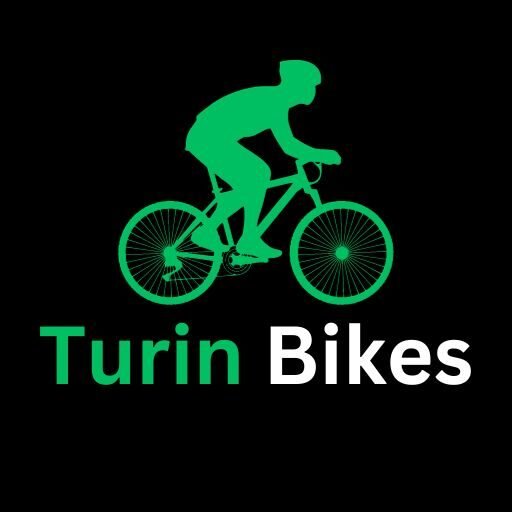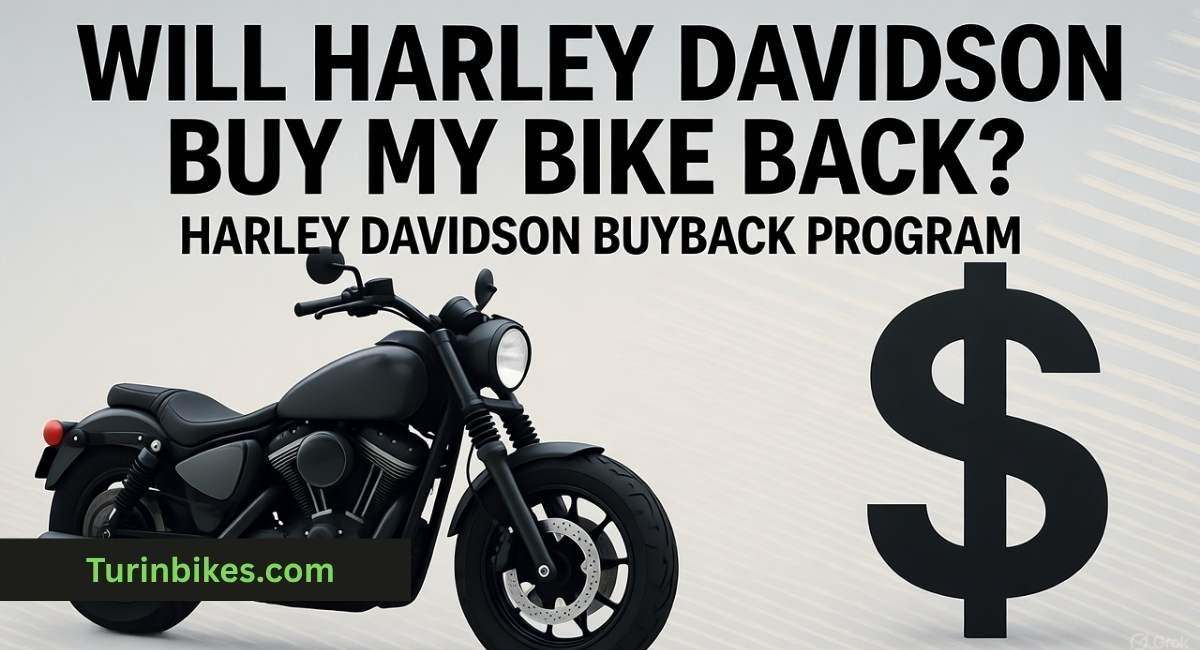
“Will Harley Davidson buy my bike back?” If you’re thinking about selling, you’re not alone. Owners consider selling back their bikes for many reasons—freeing up cash, trading up to a newer model, simplifying a collection, or moving on from a bike that doesn’t fit their riding style anymore.
Whether you’re aiming for a quick sale, the best price, or a seamless trade toward a new model, understanding Harley‑Davidson buyback and trade‑in options will save you time and money.
Does Harley‑Davidson Have an Official Buyback Program?
Short answer: There is no standing, nationwide Harley‑Davidson corporate “buyback” program that guarantees the factory will purchase your bike. Instead:
- Authorized Harley‑Davidson dealerships handle most buybacks and trade‑ins locally. Many will make cash offers even if you’re not buying another bike from them.
- From time to time, dealers or regions run promotions (for example, trade‑up incentives or limited‑time guaranteed trade‑in values on specific models). These are dealer or regional offers, not a permanent manufacturer policy.
- Harley‑Davidson does operate a strong pre‑owned ecosystem—many dealerships buy used Harleys to stock their used inventory or certified pre‑owned programs (availability varies by dealer).
If you see references to “Harley buyback,” it usually means one of three things:
- A dealer’s cash purchase program (“We’ll buy your bike”).
- A trade‑in offer toward another motorcycle.
- Rare, specific promotions with guaranteed trade values for eligible models and periods.
Always check with your local dealer for current programs and policies.
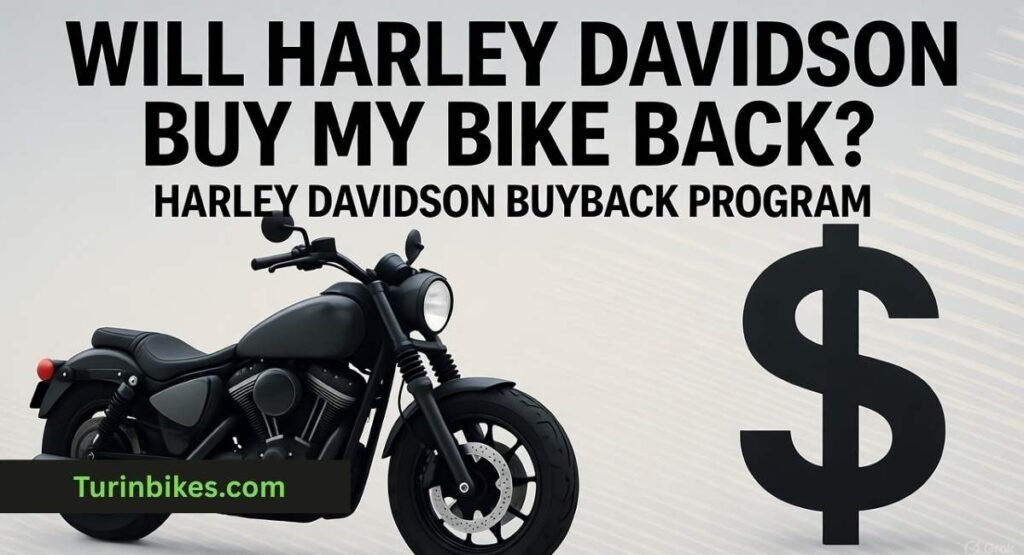
How Do Harley‑Davidson Trade‑In Programs Work?
While details vary by dealership, the process is fairly consistent:
- Get a preliminary estimate
- Most dealers offer “Value Your Trade” forms online. You’ll share your VIN, mileage, condition notes, and photos.
- Online values are ballpark figures; final offers depend on in‑person inspections.
- Schedule an in‑person appraisal
- A technician or buyer inspects overall condition: cosmetics, mechanical health, tires/brakes, fluid leaks, electronics, and any engine/exhaust mods.
- They’ll consider market demand for your model, seasonality, and reconditioning costs needed to resell it.
- How trade‑in value is determined
- Dealers look at recent auction results, local demand, and price guides (e.g., J.D. Power/NADA, Kelley Blue Book for motorcycles).
- Upgrades rarely add dollar‑for‑dollar value; tasteful, reversible accessories may help, while heavy customization can lower offers.
- Service history, number of keys/fobs, and included stock parts can improve value.
- Review the offer and options
- Trade‑in: Apply the value toward a new or used bike. In many states, you only pay sales tax on the price difference (dealer can explain your local tax rules).
- Cash offer: Some dealers will buy outright with no purchase required, often at or near trade‑in value.
- Handling a loan payoff (if applicable)
- If you have an active loan (including HDFS), the dealer can handle the payoff. Any equity after payoff goes to you; any shortfall (“negative equity”) may be rolled into a new loan if you trade up, subject to credit approval.
- Paperwork and timing
- Bring your title (or lender info), registration, government ID, and all keys/fobs.
- Many dealers can complete the transaction the same day.
Alternatives If Harley‑Davidson Doesn’t Buy Back Directly
If a dealer’s offer isn’t what you want—or you’re not trading up—you have other options:
- Sell to a Harley‑Davidson dealership, no trade required
- Many dealers advertise “we buy bikes.” This is usually the fastest low‑friction option besides trading in.
- Private party sale
- Typically yields the highest price but requires more effort: marketing, screening buyers, meeting safely, managing test rides, and handling funds and paperwork.
- Third‑party services and marketplaces
- Listing marketplaces: Cycle Trader, ChopperExchange (popular with V‑twin riders), Facebook Marketplace, eBay Motors.
- Cash‑offer platforms: RumbleOn and other powersports buyers can make quick offers and arrange pickup (convenience often costs a bit in price).
- Consignment with a dealer
- The dealership markets and sells your bike for a fee/commission. You’ll often net more than a trade‑in while avoiding private‑sale hassles.
- Financing options to upgrade instead of selling
- If your goal is a newer bike, trading in (even with modest negative equity) can be simpler than selling outright. Ask about promotions, low‑APR financing, or loyalty offers that can offset a lower trade‑in.
Factors Affecting Buyback or Trade‑In Value
Dealers and private buyers look at the same big levers:
- Model and year
- High‑demand touring models (e.g., Road Glide, Street Glide) often hold value well. Limited editions or popular trims can command premiums.
- Major platform updates (e.g., engine generations) influence demand.
- Mileage and usage
- Lower miles generally help, but well‑maintained higher‑mile bikes can still do well—service history is key.
- Overall condition
- Paint, chrome, wheels, seat condition, and evidence of drops or tip‑overs.
- Tire tread depth, brake pad life, battery health, no warning lights.
- Maintenance history and documentation
- Dealer stamps, receipts, and a clean service record inspire confidence and improve offers.
- Modifications and accessories
- Quality, tasteful add‑ons can help; extreme or irreversible mods can reduce the buyer pool and value.
- Emissions/inspection legality matters in some states.
- Market demand and seasonality
- Spring and early summer can bring stronger offers due to higher buyer activity.
- Title status and ownership
- Clean title in your name is ideal. Salvage, rebuilt, or lien complications reduce offers and slow deals.
- Recalls and service bulletins
- Open recalls can delay resale and reduce offers until addressed.
Tips to Prepare Your Harley for Maximum Buyback or Trade‑In Value
Small steps can lift your offer and speed the sale:
- Detail the bike
- Thorough wash, decontaminate chrome, polish paint, dress tires lightly, clean the chain/belt area, and remove stubborn bugs/tar.
- Remove personal stickers/decals unless they’re factory.
- Handle quick fixes
- Replace worn grips, mirror glass, bulbs, or torn seat covers.
- Address minor leaks and squeaks. Top off fluids. Fresh oil/filter shows care.
- Tires and brakes within spec
- New or healthy tires and pads reassure buyers and reduce dealer reconditioning deductions.
- Gather documentation
- Title or lienholder info, registration, owner’s manual, factory toolkit, service records, recall clearance, and all keys/fobs/security PINs.
- Include stock take‑off parts if you’ve modified exhaust, bars, seat, or lighting.
- Research the market
- Check J.D. Power/NADA and KBB Motorcycle for value ranges.
- Browse local listings for your model and condition to set expectations.
- Get multiple quotes
- Visit or submit online to two or three Harley dealers and a third‑party buyer to benchmark the market.
- Time your sale
- If possible, list or appraise before peak riding season in your area for stronger demand.
- Be realistic on mods
- You’ll rarely recoup the full cost of accessories. Consider selling high‑value parts separately and returning the bike to near‑stock.
- Prepare for test rides (private sale)
- Screen buyers, verify license/insurance, require a cash deposit, and choose safe, public meeting spots.
Conclusion
Harley‑Davidson doesn’t operate a permanent, official buyback program at the corporate level, but authorized dealerships routinely buy used Harleys and accept trade‑ins. If you want the fastest, simplest path, a dealer trade‑in or cash offer is hard to beat. If you’re chasing top dollar, a well‑prepared private sale or consignment can deliver a higher price—at the cost of a little more effort.
Next steps:
- Contact two or three local Harley‑Davidson dealerships to compare trade‑in and cash offers.
- Benchmark values using reputable guides and local listings.
- Prep your bike: detail, minor fixes, service records, and stock parts.
- Consider timing, tax implications, and whether trading up or selling outright best meets your goals.
With a little preparation and a few competitive quotes, you’ll know the best way to sell your Harley‑Davidson motorcycle—and get a fair price for it.
Will Harley‑Davidson buy my used bike?
Harley‑Davidson corporate does not run a universal buyback, but most authorized Harley dealerships will make a cash offer or accept a trade‑in. Call ahead or use a dealer’s online appraisal form.
Can I trade my Harley for a new model?
Yes. Trade‑ins are common at Harley dealers. You can apply your bike’s value toward a new or used motorcycle and may benefit from sales‑tax savings in many states.
How much is my Harley worth on trade‑in?
It depends on model, year, mileage, condition, maintenance records, local demand, and reconditioning costs. Check J.D. Power/NADA and KBB ranges, then get in‑person appraisals for accurate offers.
Does the Harley‑Davidson warranty transfer in resale?
The factory limited warranty generally follows the bike to the next owner within the original term. Many Harley Extended Service Plans (ESPs) are transferable—often for a small fee—subject to plan terms. Keep your paperwork handy and ask the dealer to confirm.
Meet Sachin Kumar, an avid cyclist and bike enthusiast with a passion for two-wheeled adventures. At our Turinbikes site, Sachin shares expert insights, thrilling ride experiences, and tips for fellow bike lovers.


